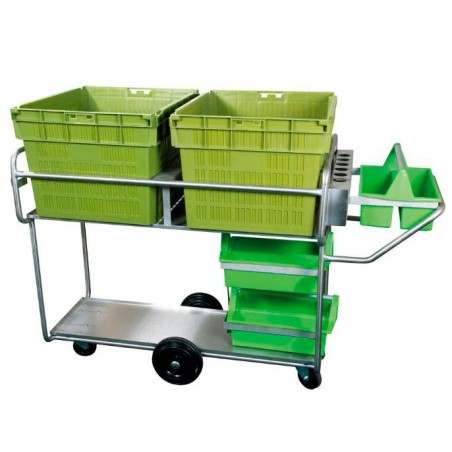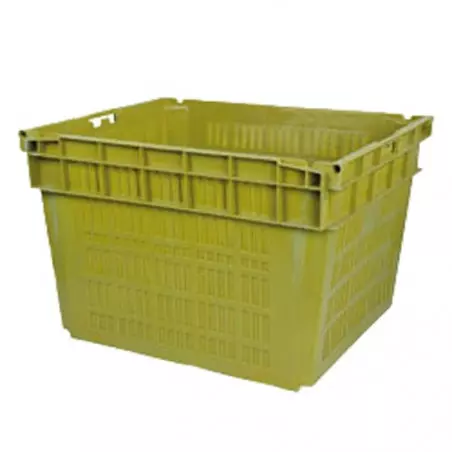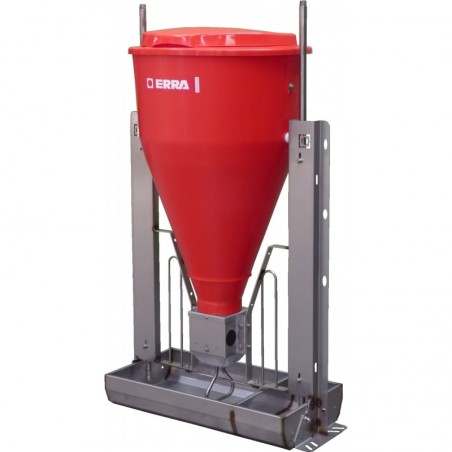Resilience is a key component of an animal’s robustness in that failure to adapt to perturbations can result in inappropriate, detrimental responses to the production environment. Methodology used to identify pigs resilient to weaning stress could be applied in identification of pigs resilient to social stress and enable future selection and breeding of pigs, particularly gilts and sows, better suited to a group-housing environment allowing them to achieve their production potential. In this study, we introduced a novel phenotypic classification of resilience to weaning stress in gilt piglets using serum cortisol response pattern and assessed them for persistent behavioral differences during the grow-finish stage of production. At weaning (avg. 28d), 52 focal gilt piglets from 26 litters were designated as stress resilient (n = 26) or stress vulnerable (n = 26). At 8wk-of-age focal gilts were moved from nursery pens to grow-finish pens and mixed into new social cohorts. Skin wounds were counted 1d pre-, 1d post-, and 4d post-mixing.
We found that stress resilient gilts engaged in more agonistic interactions than stress vulnerable gilts 1d post-mixing, but this difference was not observed pre-mixing or 4d post-mixing. At 12wk-of-age focal gilts underwent a handling test and a novel object test, with tests spaced at least 2 days apart. No differences were observed in handling test scores or novel object test latency measures. However, during the novel object test, stress resilient gilts touched the object more and vocalized less compared to stress vulnerable gilts.

Overall, resilience to weaning stress was associated with behavioral differences in finishing gilts at mixing and when faced with novel situations.
Luttman AM, Lee B, Siegford JM, Steibel JP, Raney NE, Ernst CW. Characterizing resilience to weaning stress and its associations with behavioral differences in finishing gilts. Applied Animal Behaviour Science. 2023; 263: 105940. https://doi.org/10.1016/j.applanim.2023.105940.






